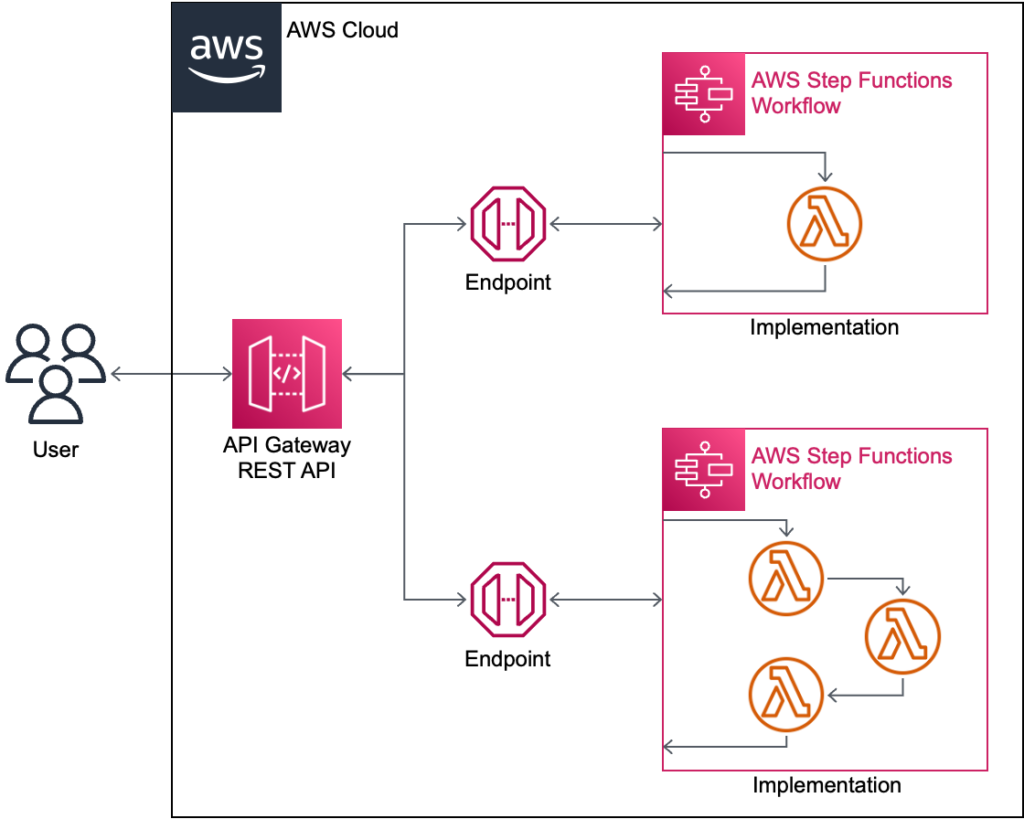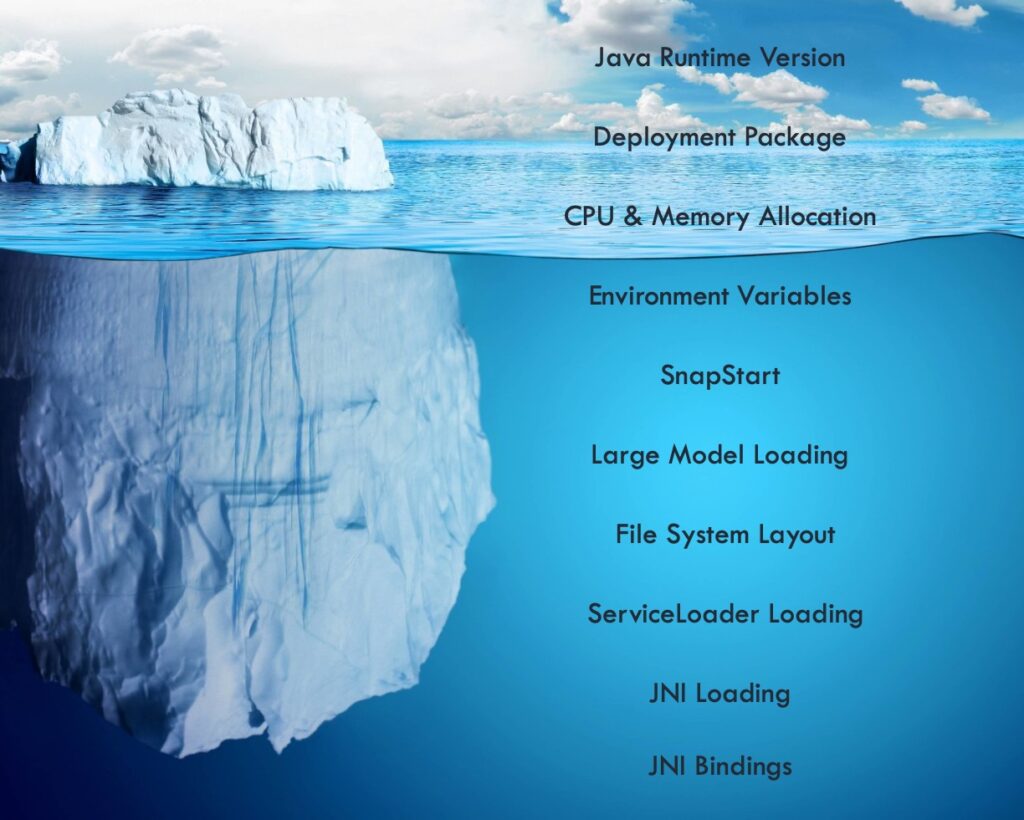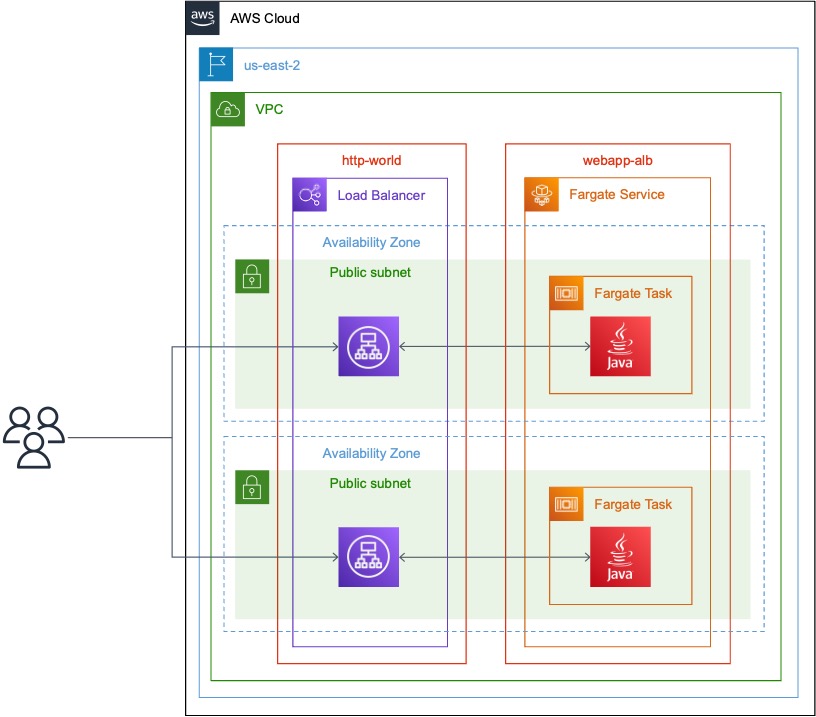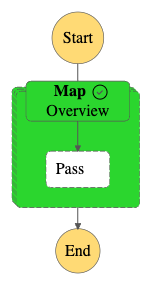As convenient and powerful as AWS API Gateway is, it’s not without its quirks. Here are a few lessons I’ve learned the hard way that can help you avoid some common pitfalls when working with AWS API Gateway.
Continue reading “AWS API Gateway Gotchas & Lessons Learned”AWS SageMaker Object Detection Training Gotchas
As part of updates to arachn.io, I’ve started tinkering with object detection machine learning models. During my experiments on AWS SageMaker, I found that AutoPilot does not support object detection models, so I had train using notebooks. As a result, I hit some “gotchas” fine-tuning TensorFlow Object Detection models. While this notebook works a treat on its own training data (at least when run through SageMaker studio), this discussion will focus on things I learned while trying to run it on my own data on August 31, 2024.
Continue reading “AWS SageMaker Object Detection Training Gotchas”Validating WebFlow Webhook Requests in AWS Lambda and Python
WebFlow is an outstanding website design, development, and hosting platform. The WebFlow API provides webhooks for a variety of important events, and it signs its webhook requests to allow users to validate webhook requests, and therefore confirm that requests actually come from WebFlow.
The below code sample shows how to verify WebFlow webhook requests in AWS Lambda functions using Python invoked via a Function URL, although the code will show the principles for validating requests in any language or platform.

Sample AWS Kinesis Firehose CloudWatch Log HTTP Endpoint Payload
I couldn’t find an example payload for CloudWatch Logs data delivered by a Kinesis Firehose stream to a Lambda function URL, so I set one up.

Sample payloads appear below, as well as a walkthrough of the process I used to create the data stream.
Continue reading “Sample AWS Kinesis Firehose CloudWatch Log HTTP Endpoint Payload”A Developer Workflow for Modern AWS Serverless Applications
Modern serverless applications on AWS are complex with a lot of moving parts. Mapping a developer workflow onto those applications can be difficult. This article discusses the developer workflow I have developed for complex serverless applications at aleph0, with example CloudFormation template and GitHub Action snippetes to illustrate the concepts.

The Lambda Iceberg: A Deep Dive on AWS Lambda for Java
AWS Lambda is Amazon’s FaaS product. Pound for pound, it’s one of the best serverless computing products on the market. Easy to use, inexpensive to run (among FaaS offerings), and with compelling features like Layers, Extensions, and SnapStart, Lambda is a rock-solid choice for building serverless architectures.
However, its managed nature cuts both ways. The same FaaS features that make it so easy to use for vanilla workloads — just upload your program and go — also make it hard to use for anything that requires even a little customization, like ML models. I’ve done some significant work building out complex lambda functions for Java lately, and while deploying these complex workloads on AWS Lambda using Java is complex, the reward — a perfectly elastic, pay-for-uptime microservice architecture — is well worth the effort. But it turns out there’s a lot of the “Lambda iceberg” below the water to understand before you can expect to get these complex serverless applications working with high performance and reliability.

In this blog series, I will unpack what I learned in my journey to deploy an OpenCV-backed ML model onto AWS Lambda with minimal cold start, and show how the process can be used to deploy ML models on other backends, like TensorFlow Lite, onto Lambda as well.
Unpacking My Default AWS Webapp Architecture
As part of optimizing the HumanGraphics product, I am investigating different cloud architectures and their tradeoffs. Documenting my current “default stack” for a new webapp with compute (like an API) seems like a good starting point. Here it is:

Experienced cloud engineers and architects should should look at this diagram and agree that it’s at least a sane approach to building webapps, although certainly there are others. However, a less experienced cloud user might not understand why this architecture is sane. It turns out that there’s a lot to unpack in even this simple architecture — feature differences, business pressures, tradeoffs, and more. Let’s get into it.
Continue reading “Unpacking My Default AWS Webapp Architecture”Community-Managed AWS Lambda Base Images for Java 21
I’ve added a new custom base image for Java 21 on Lambda to complement the community base images already available for Java 17, Java 18, Java 19, and Java 20. You can find the images on the ECR Public Gallery and DockerHub and the source code on GitHub. Java 21 is an LTS release with some of the most exciting new features Java has seen in a long time, so everyone should be looking to upgrade ASAP!

I’ve also released a custom Lambda runtime for Java 21, if that’s more your speed.
These should be plenty to get you started on your AWS Lambda + Java 21 adventure!
Continue reading “Community-Managed AWS Lambda Base Images for Java 21”Java 21 Custom Runtime for AWS Lambda
By standing on the shoulders of giants (I’m looking at you, Mark Sailes), I was able to turn around an AWS Lambda Custom Runtime for Java 21 on Java 21 launch day. Instructions to use it are in the repo’s README. All files required to create your own function are in the releases, so no building required.
There are a couple of known issues, particularly around CDS (Class Data Sharing), per the but they appear to be (mostly) cosmetic at first blush. It’ll be fun ironing that out.
I’m also looking forward to releasing a custom image for Java 21, too, as soon as an updated Amazon Corretto image drops.
Happy hacking!
AWS Step Functions Distributed Map ResultWriter Example
I’m using AWS Step Functions to do some complex orchestration of services that could span more than 25,000 state transitions and exchange data sets larger than 256KB, so I’m making heavy use of the new distributed map feature. It definitely makes things easier than the old everything-is-a-child-execution approach! However, the ResultWriter field is not particularly well-documented, so I’m hoping to shed some light on it here with a simple example.

